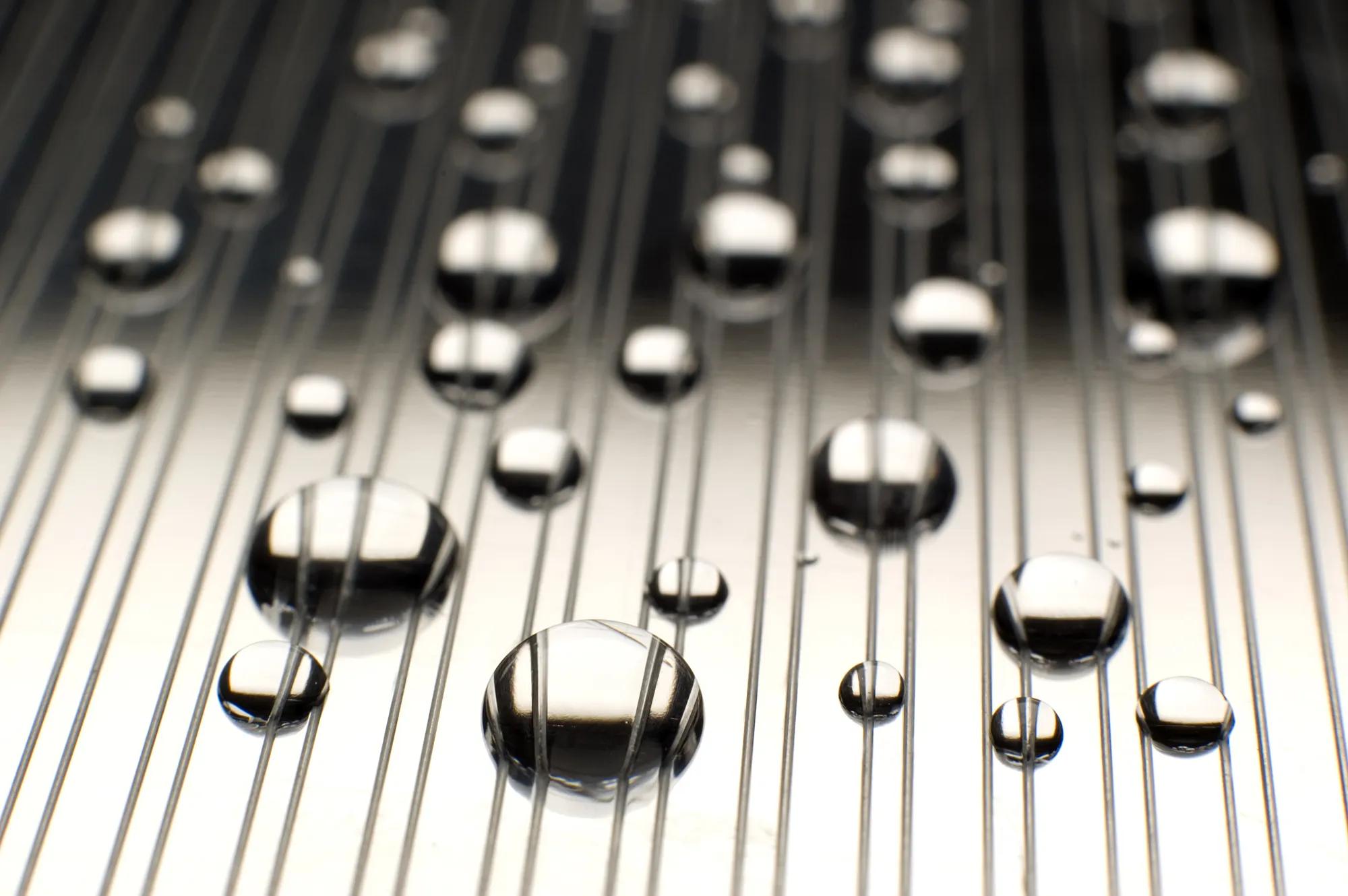Why risk an LED video wall blackout if you can avoid it?
LED 読み終わるまでの時間:約4分
In the previous article we explained how we have perfected the image quality of TruePix. Now we look at an even more basic requirement. How do you make sure your TruePix video wall shows the content at any time – even when other solutions would normally fail? Reliability is the top priority in critical environments like control rooms and broadcast studios, so we strongly focused on ensuring a continued performance – and a low operational cost. In this article, we explore the secret reliability-optimizing innovations that went into TruePix.
An LED video wall is an important investment, so we can imagine you want to limit the operational cost (largely made up of power consumption and maintenance costs). And we have good news: for both power consumption and maintenance, TruePix has the necessary measures on board to limit the expenses. Let’s start with energy consumption.
A straightforward way to limit your operational expenses is by optimizing the energy consumption. Calculating the amount of energy in advance is tricky, as it highly depends on your brightness settings and the content (dominantly black content needs less energy). But did you know that even in full black modus, the wall still consumes 45% of the maximum brightness? And that for most LED video walls, this also applies for the standby mode?
TruePix' EcoPower standby reduces power consumption with up to 95% versus full black mode.
Multi-level failover
A lot of LED video walls are used in critical environments – which means the failure risk must be extremely low. But don’t worry: TruePix’s got your back in this! A first point of failure – although rather unlikely – is the LED module’s power supply. Want to be sure this is not an issue? Then foresee the optional redundant power supply, which automatically takes over the moment the primary supply fails.
Another, more common risk, is a data path interruption. The modules are typically wired in a daisy chain, in which the data follows a single path that flows through every tile. Much like the serial wiring used in Christmas lights. The risk is known: when the data path is broken, all following modules in the chain go black. A common solution for this is data path redundancy: the data flows in two directions. So when one direction fails, the module receives signal from the other side. The tricky thing is that this can only happen once. A second failure, before the first one is fully resolved, will get the wall down anyway.
That is why TruePix introduces 4-way inter-tile communication, a patented technology. Every module communicates with its direct neighbor and can receive the needed data from it. The takeover happens completely seamlessly, so users will not even be aware that a data path has failed. In this way, there is almost no chance for a blackout.
Furthermore, TruePix also supports loop redundancy and full redundancy as fail-over on the processor and front-end level. In this way, also the cabling to the wall and the processor itself can be made redundant – fully making sure TruePix is the most reliable LED solution on the market.
Minimizing maintenance risks
Pixel damage is the nightmare of any LED video wall owner. Even a single black dot is clearly visible and needs to be avoided at all costs. Barco TruePix already introduced a number of precautions during installation (including shift insertion), but (after installation and transport) the third cause of pixel damages occur during maintenance operations. So, we investigated that as well.Barco was the first manufacturer in the market to use motorized module extraction to take out an LED module in a controlled way. But with TruePix, we turn it up a notch. Every module can now be extracted fully automatically, at a safe distance and completely parallel to the wall. This leaves absolutely no chance of error during maintenance actions.
When things get steamy…
You might have seen them already: thin, colored lines on LED video walls that run between rows of pixels. The cause? Humidity that created a bridge in the board electronics. The problem is that such bridges are irreversible. Once they are there, they never go away. Another problem is that replacing one module only rarely solves the full problem: once an LED video wall is powered on under humid conditions, it’s very likely that other modules will develop similar problems over time. The trick is to power the wall in a controlled and smart way.

Humidity can never build up in an active wall. The heat dissipation is enough to vaporize all moisture. But during transport or inactive periods, things are different. That is why TruePix introduces a unique dehumidifying process. If the sensors detect a high level of humidity in a module during start-up, the power will be applied very gently. This means that the module will slowly light up, making sure there is no risk of damage.
By the way, if a module is in the EcoPower standby mode, there would also be risk of moist building up inside the panel – but of course the clever Barco engineers have found a way to prevent this. Even in EcoPower standby mode the humidity is constantly monitored. If the levels reach a certain threshold, the module will heat up enough to counter this (while staying fully black), so the wall can be powered up without any issues!
The introduction of all these unique measures in TruePix clearly show Barco’s ambition to live up to their promise to create an ‘Always-on LED wall’. The next article builds further on this philosophy, diving into the service solutions offered to ensure the wall’s uptime.




